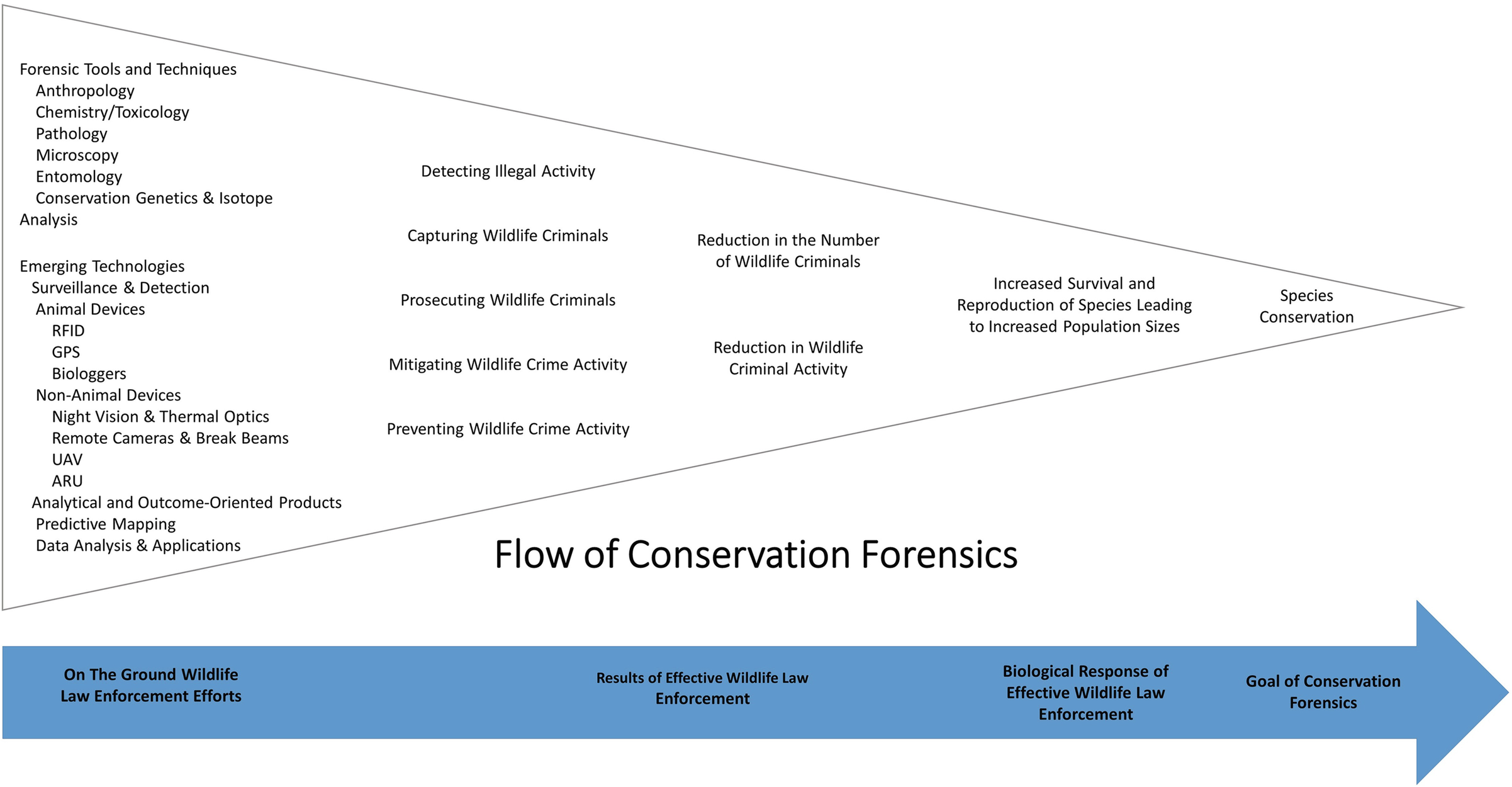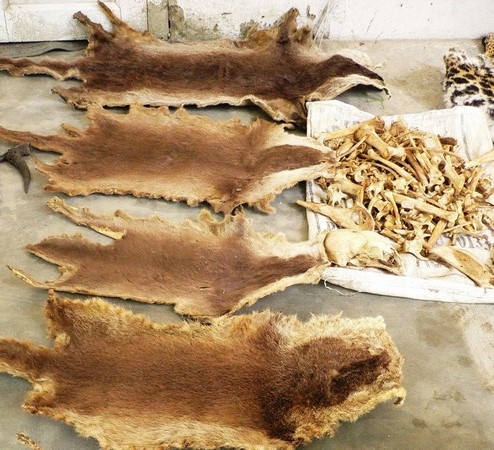It is the only lab in the world dedicated to crimes against wildlife. This field uses scientific procedures to investigate a wildlife-related crime which involves the exotic pet trade poaching and other illegal hunting activities.

Three Models For Providing Wildlife Dna Forensic Laboratory Services Download Scientific Diagram
Principles and Practice - 1st Edition.

Wildlife forensics definition. What is wildlife forensics. In the past decade wildlife trafficking the poaching or other taking of protected or managed species and the illegal trade in wildlife and their related parts and products has escalated into an international crisis. Wildlife forensics is the application of science to legal cases involving wildlife.
Ken Goddard and Edgard Espinoza. Wildlife forensics is a relatively new field of criminal investigation. Using forensic science to aid in wildlife investigations is a fairly new practice but one that is gaining traction especially in areas where there are meager resources.
It is located in Ashland Oregon United States. Wildlife forensic specialists collect and process evidence related to poaching or the illegal distribution of animals or animal parts. Wildlife forensics is concerned with providing scientific evidence to inform investigations into crimes against wildlife focusing on determining the identity of poached or illegally traded wildlife products and addressing questions relating to the species geographic origin relatedness individual identity and age of samples.
In tackling illegal trade in wildlife investigative questions may relate to both the identification of perpetrators involved and the identification of the wildlife specimens found. The world has been confronted by wildlife crime for decades but in recent years there has been a change in the scale and nature of this illicit activity. Wildlife forensics plays a crucial role in curtailing the.
The former is the subject of traditional forensic analyses such as human DNA profiling or ballistics while the latter is the subject of wildlife forensics. Due in part to recent discoveries and research into the utilitarianism of DNA in poaching cases forensics has come to the forefront in natural resource exploitation and regulation. Wildlife forensics is the application of forensic science to the conservation and protection of non-domesticated animals both in the wild and in captivity.
Today forensic scientists are putting their expertise to use in the investigation of wildlife crime be it hunting or poaching illegal transportation or trade and illicit use or consumption of protected wildlife and their derivatives. The Role of the National Fish and Wildlife Forensic Laboratory in Wildlife Prosecutions. Killing wild animals that are protected from hunting by laws.
This field uses scientific procedures to investigate wildlife-related crimes involving the exotic pet trade poaching other illegal hunting activities and even oil spills. This guide has been produced by the PAW Forensic Working Group FWG and is designed to accompany the Wildlife DNA Sampling Kit. They may work for the federal government police departments or private organizations and typically hold a bachelors degree.
Wildlife forensics is the application of science to legal cases involving wildlife. Forensic science contributes to solving wildlife crimes through investigative activities. Thus illegal trade of wildlife flora-fauna and their products would be diminished with the help wildlife forensics.
Wildlife crime has become a serious threat to the security political stability economy natural resources and cultural heritage of many countries and regions. Wildlife crime is serious. Wildlife crime is a global issue in present scenario because of illegal trade of wildlife flora fauna and their products that takes place all over the country.
Fish and Wildlife Forensics Laboratory is a forensic lab within the US. Introduction The guidelines contained within this handbook accompany the Wildlife DNA Sampling Kit and should be carefully followed when using the kit to collect non-human DNA samples from a wildlife crime scene. Fish Wildlife Service.
600 BC 100 AD 500 BC 950 BC. This includes poaching animal abuse illegal trade or the harming of animals due to. Wildlife forensics is a field of criminal investigation wherein science is used to identify and examine evidence from crime scenes where animals have been killed particularly those that are protected by law.
National Fish and Wildlife Forensic Lab Ashland OR. Wildlife forensic science is science applied to legal questions involving wildlife crimes. Pro Wildlife Forensic Investigation.
Wildlife forensics is a sub-set of forensic sciences that deals specifically with crimes against animals. In a wildlife forensic context it is the discipline using physical comparison to identify wildlife parts and products typically to the family genus or species source. Such activities include determining the cause of wildlife death identifying suspects finding missing wildlife and profiling wildlife.
In its broadest sense wildlife forensics encompasses all of the available analytical techniques that may be employed to investigate crime against wildlife including ballistics fibre analysis toxicology and veterinary pathology. Fish and Wildlife Forensics Laboratory Law and Legal Definition. Raison dêtre Forensic Lab.
Its goals are to use scientific procedures to examine identify and compare evidence from crime scenes and to link this evidence with a suspect and a victim which is specifically an animal. Wildlife trafficking is both a critical conservation concern and a. What is Wildlife Forensics.

Forensics In Wildlife Crime Investigation Wildlife Conservation Trust

Pdf Forensic Wildlife Pathology

Three Models For Providing Wildlife Dna Forensic Laboratory Services Download Scientific Diagram